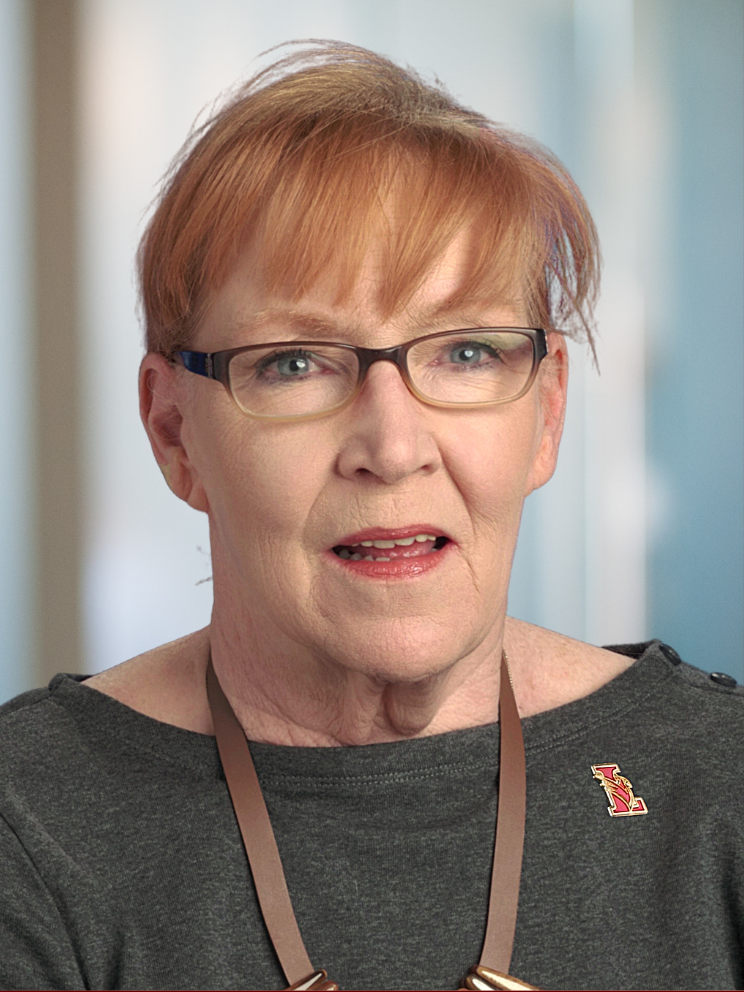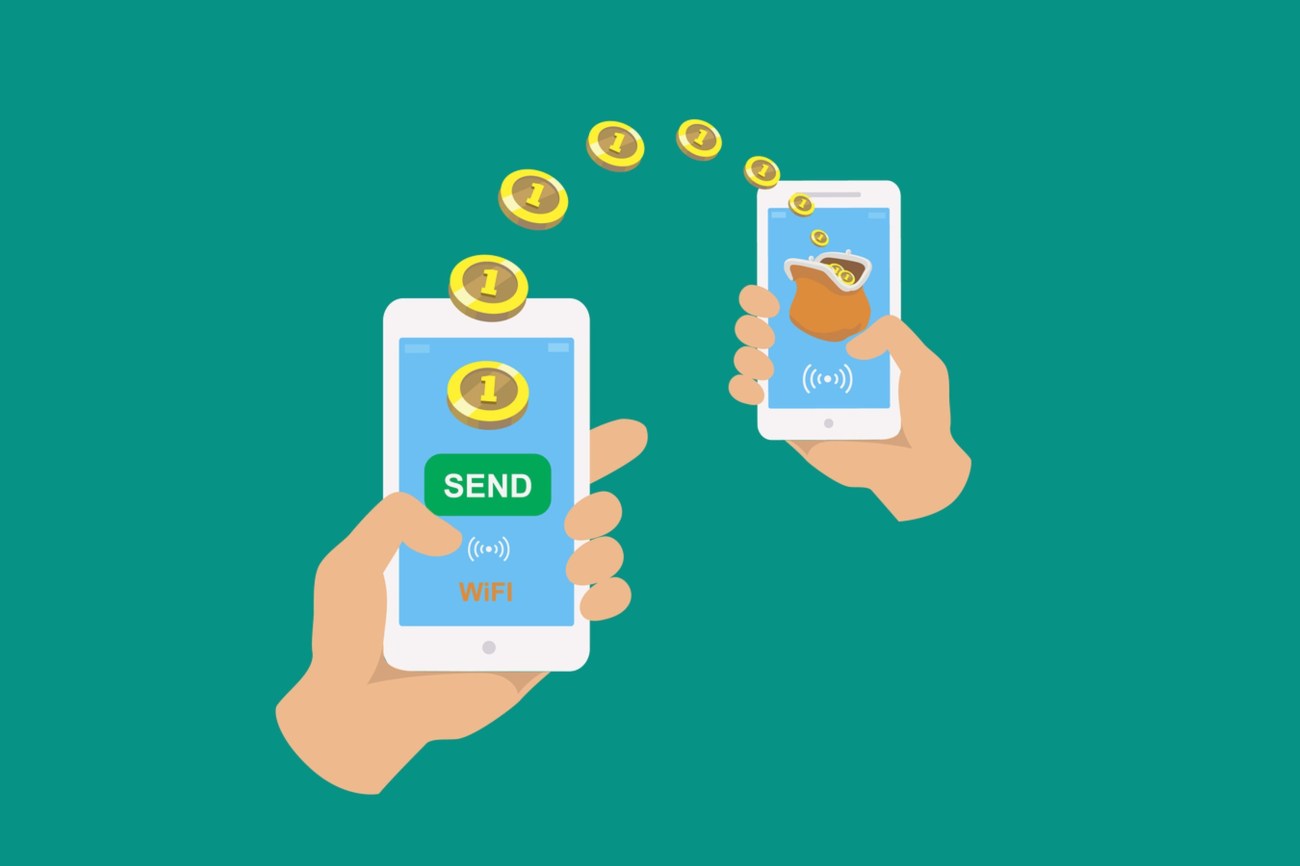As part of my job assisting older people to live independently, I pay their bills by check, as requested. But I’m in my 60s and I rarely write a check for my own bills. I pay them online either at my computer or on my phone. When I get paid by check, I use my phone to deposit it.
It’s no secret that we’re moving away from paper transactions toward a completely digital economy. With new payment technologies emerging left and right, it’s important to stay up-to-date.
As my 20-something daughters are quick to remind me, there’s no need to carry cash or credit cards when you have a “digital wallet” on your smartphone. A digital wallet serves as a virtual bank where you can store payment information securely. Your wallet can contain your bank accounts and credit cards, as well as apps that allow you to pay with your phone—without ever touching a keypad, card slot or cashier.
These digital, contactless transactions are as secure as the “old-fashioned” payments we are used to. They are much more convenient and safer in our COVID-avoidance environment. Apple Pay and Google Pay let you take advantage of this technology—the apps link to your credit or debit card to make contactless purchases from your cell phone.
Gone are the days of desperately searching for change or making sure you stop at the ATM for cash. There is no need for money to physically change hands, thanks to PayPal, Venmo and Zelle. Using these peer-to-peer apps, you can send and receive money from anyone in mere moments.
My daughter and her roommate use these apps to share household expenses: they split the rent, utilities and groceries, paying each other using Venmo. Because their paychecks are directly deposited to their accounts, and they do their banking online, they never have to leave home or even enter the bank. They don’t carry cash, nor do they expect their friends or colleagues to. While checks may have come with their bank accounts, they’ve never used them—or a deposit slip or maybe even a postage stamp, for that matter!
Older adults are becoming more comfortable using these digital payment methods, yet they haven’t given up their checks yet. According to a 2020 report from AARP, smartphone adoption is 81 percent for those 60 to 69, but it drops to 62 percent for those 70 and older. When older Americans use smartphones, it’s most often for email, directions, online searches or checking social media, not bill paying.
I’ve embraced the cashless society, but even though COVID has pushed us closer to it, I don’t think it will be universally accepted for a while. Not everyone has a smartphone, and it takes time to become comfortable with using the technology. It’s important that banks and merchants don’t marginalize people who aren’t prepared to go cashless.
As for me, I’ll try to help my clients get up to speed, even as I write their checks.

Pepper Evans works as an independent-living consultant, helping older adults age in place. She is the empty-nest mother of two adult daughters and has extensive personal and professional experience as a caregiver. She has worked as a researcher and editor for authors and filmmakers. She also puts her time and resources to use in the nonprofit sector and serves on the Board of Education in Lawrence Township, NJ.



